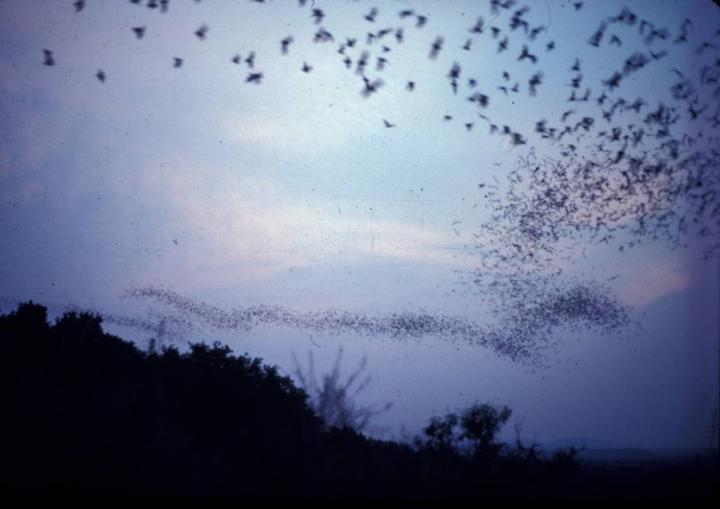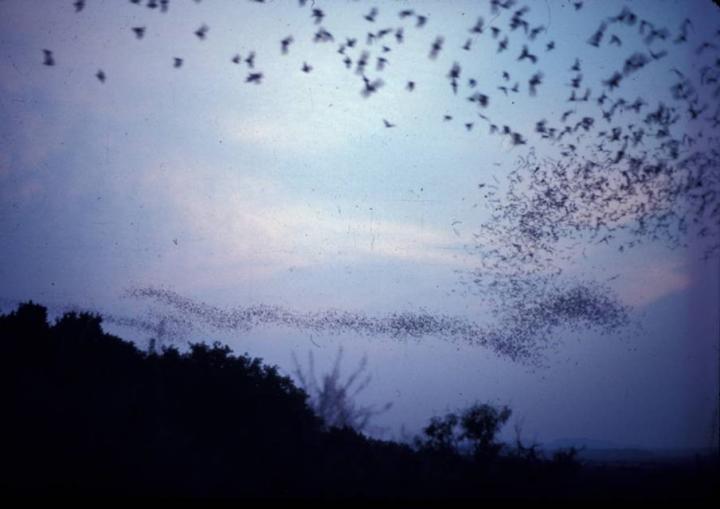
Credit: Gary McCracken
KNOXVILLE– When most people think of animals moving at high speed, they envision cheetahs or swiftly diving raptors. They can now add the Brazilian free-tailed bat — a tiny nocturnal mammal — to the list.
A new study from the University of Tennessee, Knoxville, shows that the Brazilian free-tailed bat can achieve flight speeds faster than those previously documented for any bat or bird. They are achieving short bursts of ground speeds of up to 100 miles per hour.
The research was published today in the journal Royal Society Open Science. The study's lead author is Gary McCracken, UT professor of ecology and evolutionary biology and one of the world's leading experts on bats.
Other collaborators include researchers from the Max Planck Institute for Ornithology and the University of Konstanz, both in Germany, and from Boston University and Brown University.
Much of the current literature has indicated that birds fly faster and bats are slower and more maneuverable. The new study demonstrates otherwise.
The researchers conducted the study in southwestern Texas using a novel airplane tracking method. They caught seven Brazilian free-tailed bats, each weighing 11 to 12 grams, as they emerged from the entrance of the Frio Cave at night. They then attached 0.5-gram radio transmitters to their backs using surgical glue.
Until now, the fastest bird records were collected during short flight segments using tracking radar and high-speed video. McCracken and his collaborators used an airplane to follow the complete flight track of the bats. They followed one bat per night.
The researchers' models indicate that tail winds did not assist the bats' flight speed. They observed that the bats did exactly what airplanes and birds do, depending on wind conditions.
"When they have a headwind, they fly faster. When they have a tailwind, they slow up," he said. "This is exactly what has been demonstrated in other flight machines, from airplanes to birds."
The study results suggest a reevaluation of the performance abilities and capabilities of bats, McCracken said, noting that their flight performance has been underappreciated.
###
CONTACT:
Lola Alapo (865-974-3993, [email protected])
Media Contact
Lola Alapo
[email protected]
865-974-3993
@UTKnoxville





